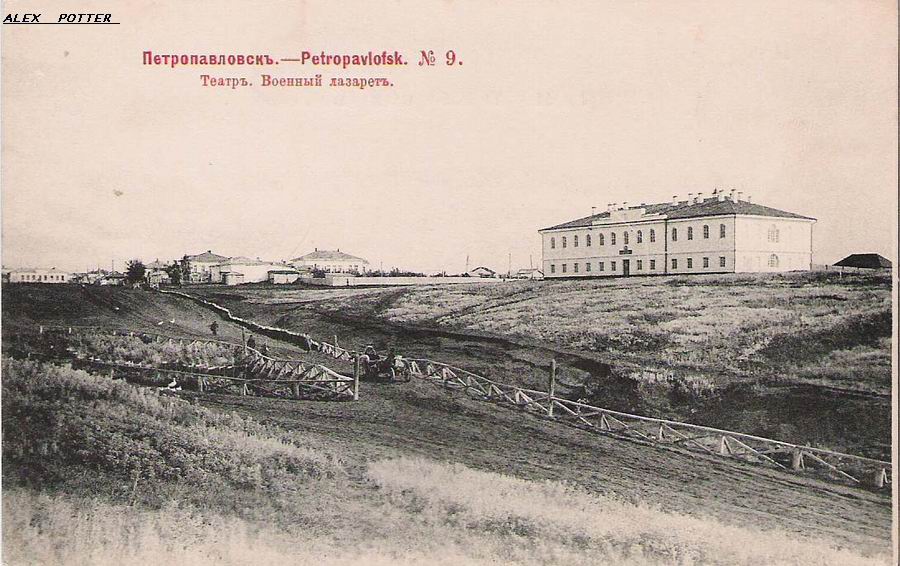NUR-SULTAN – The residence of Abylai Khan in Petropavlovsk in northern Kazakhstan offers a unique glimpse into the history of medieval khans.
The museum opened in 2008 and is unique because it is the only architectural monument in Kazakhstan related to the khan.
Abylai Khan was a ruler of the Kazakh Khanate in the 18th century. His lineage is traced back to the founder of the Kazakh Khanate, Khan Zhanibek, and further back to Genghis Khan himself. He was a talented politician, a diplomat and a military general. He was able to keep the unity of Kazakh people when the Russian Empire and China were pressing in from both sides and Dzunghar tribes were trying to wipe off the population.
According to Qazaqstan Tarihy website, when the Russian Empire was seeking to colonise Kazakh lands, it started by building forts on its southern frontier. The forts of St. Peter was built in 1752 on the Yessil River bank because of the establishment of positive political and economic relations between the Russian administration and the khan’s government. Consequently, the Russian officials thought there was a need for residence for the khan, where he could hold discussions with the empire and receive other guests.
A wooden cottage served as a residence for 56 years since 1765 before it, according to one version, caught on fire. A two-storey mansion replaced it in 1821.
The residence, however, is covered in controversies, states mypiter.kz, a website on Petropavlovsk history and culture. While the building served as an infirmary, rumours circled around that it was once the khan’s residency. Several generations of historians searched for documents that would prove that it, in fact, once was a residence, while others tried to show that this particular building was not, that changes in meanings of words over centuries made people misunderstand the location of the residence.
Historians found documents in 2003 in the archives of the Russian Ministry of Foreign Affairs, such as instructions from the Chancellor of the Russian Empire to Siberian and Orenburg governors “to build Kirghiz-Kaisak [this is how the Russian Empire referred to the Kazakh people] leader Ablai a wooden house.”
Documents had elaborate building plans, which historians and renovators used to restore the residence and replicate the outside design and the inner structure.
Discovery of these documents still did not solve all the controversies. Ablai Khan became a khan only 1771, though he had been a khan of the Small Zhuz, which included the Petropavlovsk Region. For him living in this mansion would be counterproductive to his political actions, he knew that living in a house made by Russians would not gain him points with steppe population. Some history books state that his son, Uali, lived in the residence.
The museum that is now occupying the residence has a lot more history to offer. They focus on Abylai’s life, his career as a politician and the contribution he made to the unity of Kazakh people. Visitors will be able to see documents, traditional clothing, weaponry and decorations, will learn about Abylai’s journey to the leader of the nation and see Abylai’s statue on a throne.
The entrance to the museum is free of charge. It is located at 1b Sutyusheva Street, Petropavlovsk and is open Tuesday-Sunday from 10am to 6pm.





